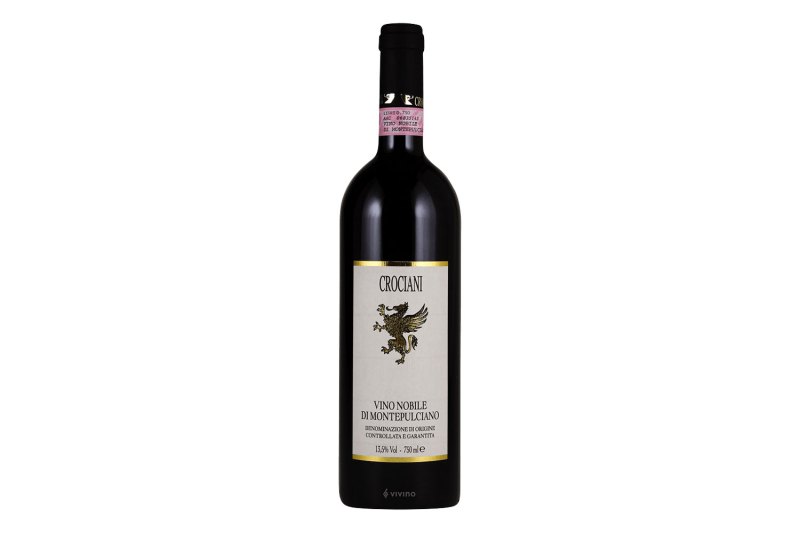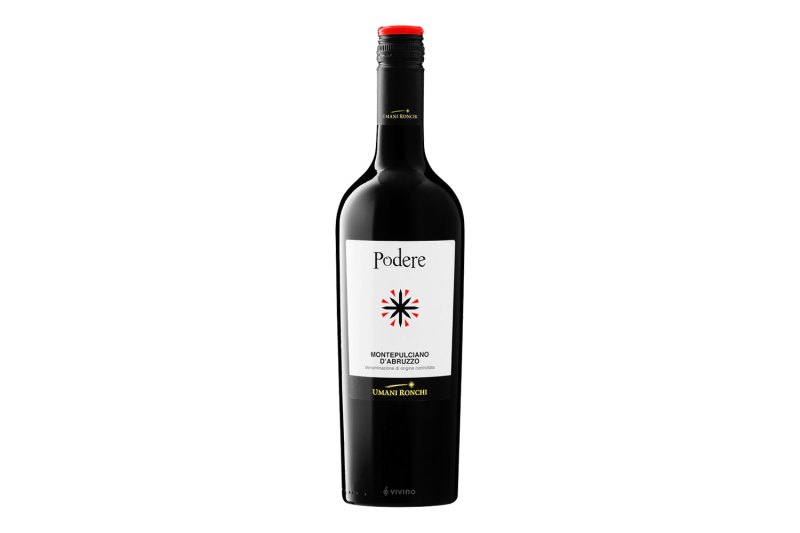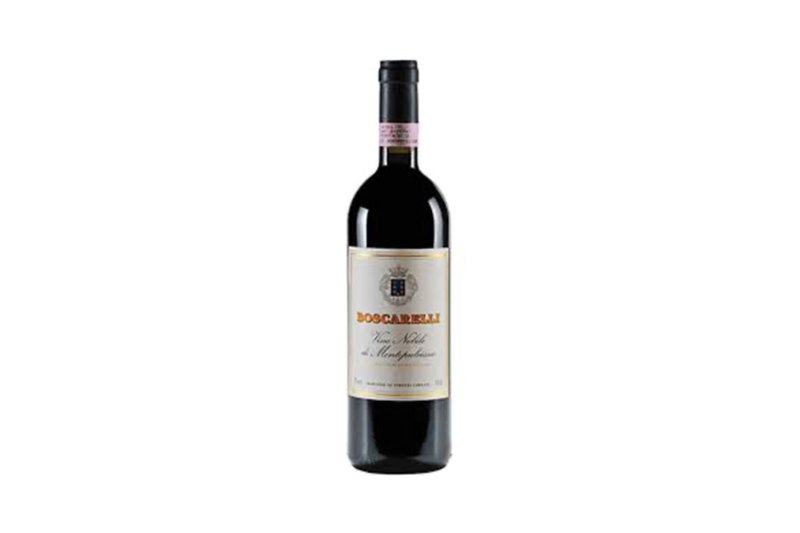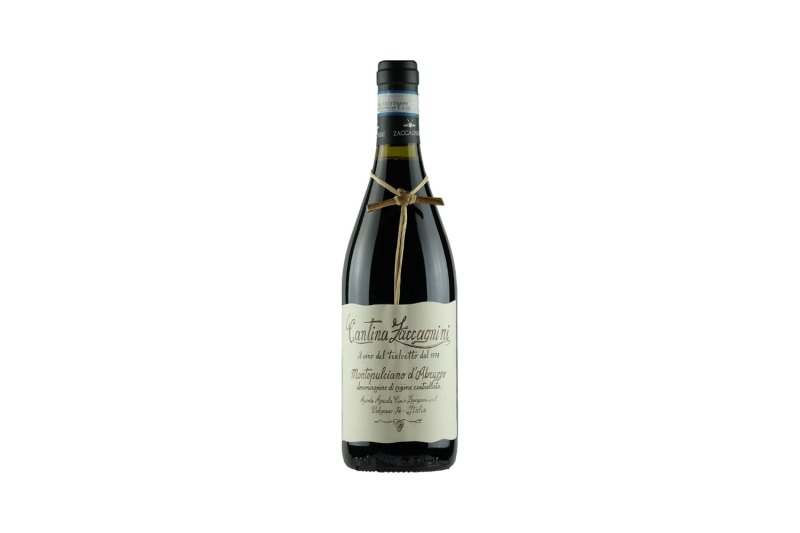There are a lot of visually pleasing, storybook tales in wine, and surely Montepulciano is one of them. The name is essentially three-pronged, referring to the gorgeous Tuscan town as well as a pair of distinctive red wine types.
Let’s start with Vino Nobile di Montepulciano. Think of it as Chianti’s lesser-known cousin. It’s made mainly from the same grape, Sangiovese, and usually blended with other reds like Caniolo Nero, among others. It is aged for two years, although many winemakers extend that timeframe to even out the wine even more.
The Montepulciano name here is merely a reference to the Italian city. An ancient wine, its first reference appeared in the 8th Century. Prior to the early 20th Century, it was given the long-winded title of “Vino Rosso Scelto di Montepulciano.” One of the first commercial producers, Adamo Fanetti, offered the “nobile” (meaning noble) moniker in 1930. His wines were beloved in Tuscany and soon many other producers hopped aboard. By 1966, Vino Nobile di Montepulciano was handed official DOC status.
Thought to be a quintessential Tuscan red, the wine is medium in weight, generally showing stone fruit flavors, well-integrated tannins, and a healthy amount of acid. It’s arguably the ultimate pizza wine but does well with all kinds of dishes. As with a lot of popular Old World wines, there’s typically a pastoral element to the wine, often in the form of earth and spice or tobacco, even leather.
Moving on to Montepulciano d’Abruzzo. As the name indicates, the wine is made from grapes grown in the Abruzzo region. Strangely enough, it’s nowhere near Tuscany. This photogenic spot east of Rome is set around the coastal town of Pescara, overlooking the stunning Adriatic Sea. Pretty as the coastline is, much of the winegrowing happens in the foothills of the nearby mountains.
Here, a large share of Montepulciano is grown, Italy’s second-most grown native grape species behind only —you guessed it — Sangiovese. Experts aren’t quite sure how the grape got its name but some assume that early on, it was believed that Sangiovese and Montepulciano were the same grape. It’s a reasonable theory given that the flavors are pretty similar and the grapes behave alike in the cellar.
The wine is very popular with production estimated at well over 20 million cases per year. A good chunk of that output makes its way to the States, where it finds a good home in specialty stores and supermarkets alike. Most is crafted in the Chieti province of Italy and the wine is known for having deep color, primarily due to anthocyanin content in the grape skins.
It’s a deep wine, with dark fruit flavors and, often, a bit more extraction. Compared to its namesake Nobile wine, the Abruzzo version is equally chewy and tannic, but less acidic. Often, it’s a bit more on the concentrated or jammy end of the fruit spectrum. It can show a dash of herbs, like oregano or tarragon. In addition to Abruzzo, the wine is made in regions like Marche and Puglia.
It should be mentioned that there’s also Rosso di Montepulciano, basically a shorter-aged version of Nobile. Picture it as the Beaujolais of Montepulciano, resting just six months before going to bottle and generally a bit fresher and more vibrant on the palate. Some even make a Rosé out of the deeply-colored variety.
You can’t go wrong with either the Nobile or Abruzzo versions of Montepulciano. Just remember that they’re two quite distinctive wines in terms of grape content but both very much up to the task of pairing with pastas and other vintage Italian fare. And while full in terms of flavor, they’re medium-bodied and great with lighter dishes so look to them this summer, especially as fresh tomatoes start showing up.
Ready to get your Montepulciano on? Here are a handful to try:
Crociani 2016 Vino Nobile di Montepulciano

A standup label making delicious Nobile, Crociani’s is the right amount of complex and earthy, with nice brambly fruit notes.
Podere 2018 Montepulciano d’Abruzzo

A real bargain option, this inviting wine is fun and easy on the palate. It’s got plenty in the way of berry-driven fruit notes along with a Chianti-like hit of leather.
Boscarelli 2016 Vino Nobile di Montepulciano

This Nobile is popular for a reason, with a heritage that goes back to the late 1960s. The most recent vintage is refined and begging for a nice bolognese, made from vines anchored to sandy, mineral-rich soils.
Zaccagnini 2017 Montepulciano d’Abruzzo ‘Tralcetto’

This wine shows some blue fruit flavors, along with some anise and baking chocolate. The flavors are robust while the alcohol content is kept in check at a moderate 12.5%.


